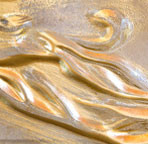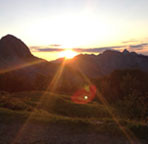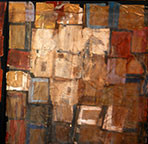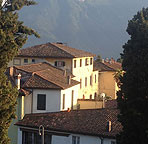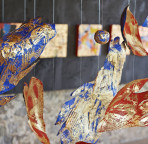
“We are not overpowered by God as a sublime truth; we are romanced by God as pure beauty.”—R.R. Reno, quoted in “Created Beauty: The Witness of J.S. Bach,” by Jeremy S. Begbie, in The Beauty of God: Theology and the Arts, ed. Daniel J. Treier, Mark Husbands, and Roger Lundin.
Exploring themes in our thinking about beauty, Jeremy Begbie engages the music of J.S.Bach, specifically his Goldberg Variations, to gain some understanding of “created” beauty—the beauty artists produce. Begbie poses the question; “What kind of cosmos, under God, might Bach’s music provoke us to imagine, and thus what vision of created beauty?”
One aspect of created beauty, explicit in the Variations, and typical of the composer, Begbie labels inventio. “The key for Bach was finding generative material, an idea that was capable of being developed a variety of ways . . . the method of finding an invention was inseparable from thinking about how it might be developed—elaboratio, to use the rhetorical term.”
David Bentley Hart offers this description along the same lines as Begbie: “Bach’s is the ultimate Christian music: it reflects as no other human artifact ever has or could the Christian vision of creation. Take for example the Goldberg Variations, in which a simple aria from the Anna Magdalena Notenbüchlein is stated, only to be displaced by a majestic sequence of thirty variations composed not upon it, but upon its bass line (a simple descent from the tonic to the dominant, G to D, scarcely material sufficient for a lesser talent), and in which every third variation is a perfect canon (the canonic refrain being lengthened at each juncture. so that the final two are canons upon the octave and upon the ninth). When at the end of this glittering, shifting, and varied series the aria is restated, it can no longer be heard apart from the memory of all the variations in which it has been reimagined: it has acquired a richness, an untold profundity, of light and darkness, joy and melancholy, levity and gravity; it is all its ornamentation and change.”
Both Begbie and Hart, whom he quotes, are drawing an analogy between what we experience of God’s creation and the composer’s handiwork. The composer, within his human limitations, opens our experience to the promise of never ending variation. If we look forward to joining with the “whole creation ceaselessly praising God in eternity” surely it is not monotony we anticipate but endless variation.
Comments welcome.


